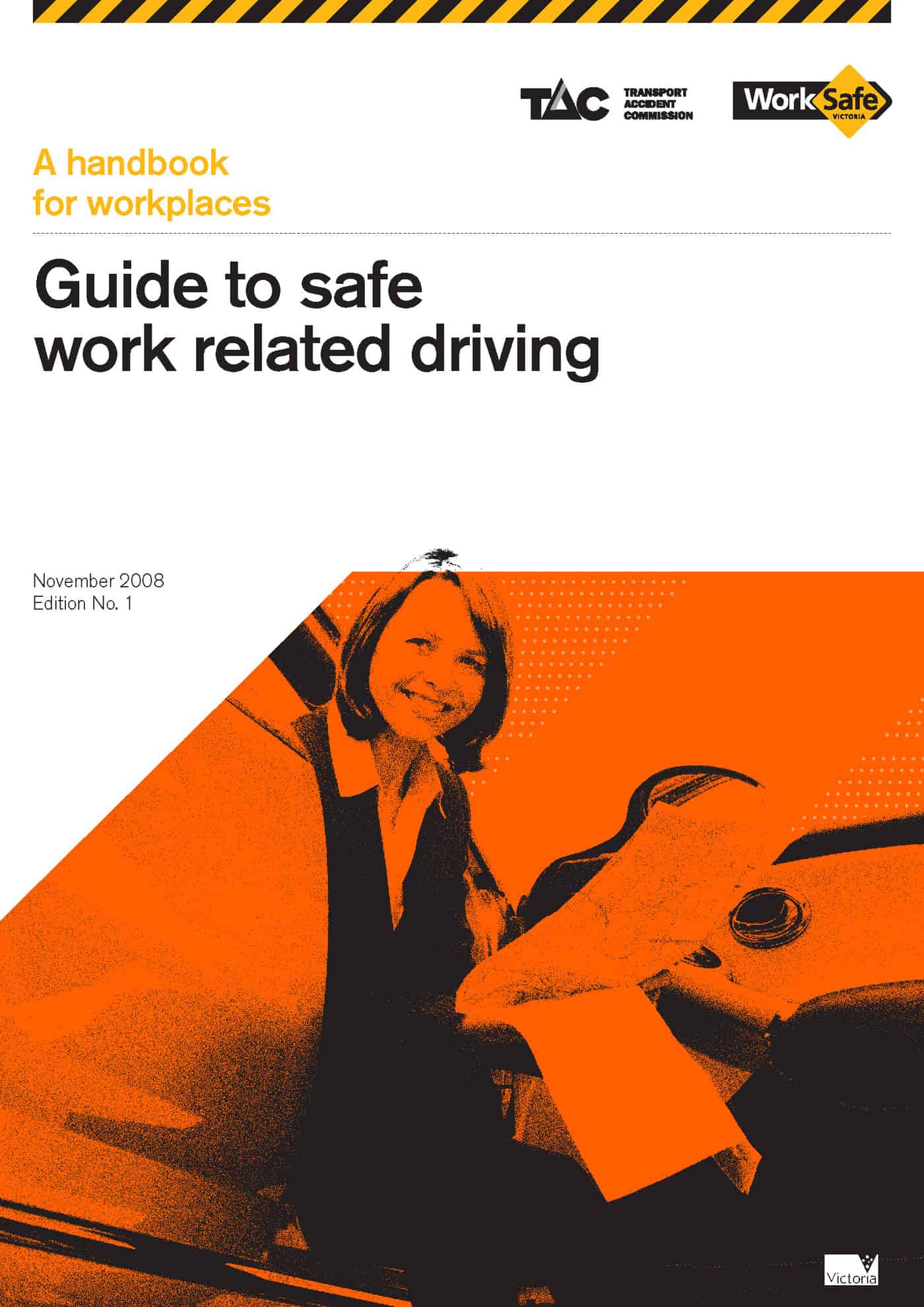Every year newspapers and organisations undertake a “year in review”. OHS regulators are no different. As more statistics become available of the next few weeks, SafetyAtWorkBlog will provide the latest OHS statistics for 2008. The most recent are below.
Western Australia
According to a media release by WorkSafe WA:
“In 2005/06, WA recorded 12 traumatic work-related deaths and 25 in 2006/07. There were 27 fatalities in 2007/08. In addition, every year around 19,000 Western Australians suffer an injury or illness serious enough to have to take time off work.”
Eleven of these fatalities have occurred since 1 July 2008
Victoria
- There were 21 work-related deaths in calendar 2008 compared with 22 in 2007 and 29 in 2006.
- Deaths in 2008 occurred in building construction (four), transport and agriculture (three each), timber, electrical linesmen (two each). There were also fatalities involving forklifts, the meat industry, retail, firefighting, roadworks, warehousing and manufacturing (one each).
- The 10 year average is 28.4 deaths/calendar year. There were 39 fatalities in 1999, the highest in that period. Lowest was 2004 with 18.
- The 5 year average is 24 with a high of 30 in 2004, the highest in that period.
- 29,087 [WorkCover] claims last financial year compared with 28,550 in the previous. There were 77 life threatening injuries in the last financial year compared with 66 in 06/07.
UPDATE – 7 January 2009
A spokesperson for WorkSafe WA has told SafetyAtWorkBlog that WorkSafe’s statistical experience varies from that in Victoria in the context of workplace injuries over the Summer break. January is historically a month with a low rate of workplace injuries. This may be due to the number and type of West Australian industries that close down for January or that workers are on leave for around two weeks in January.
Statistics on workplace injuries are notoriously difficult to compare from one Australian State to another and SafetyAtWorkBlog would argue OHS would be seen as more directly relevant by the community if statistics accurately reflected the level of work-related injuries and illnesses rather than being based on workers compensation claims and fatalities. It certainly would change the strategic targets and enforcement processes if illness was accurately assessed.
Various Federal governments have promised to attend to statistical incompatibility over decades and it is hoped that the potential national consistency of OHS laws may also resolve the need for accurate and relevant workplace statistics.

